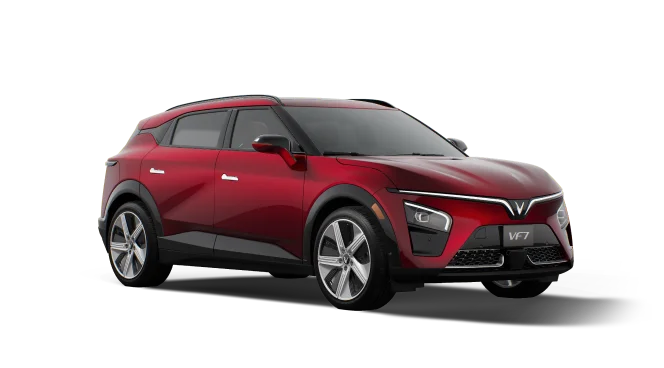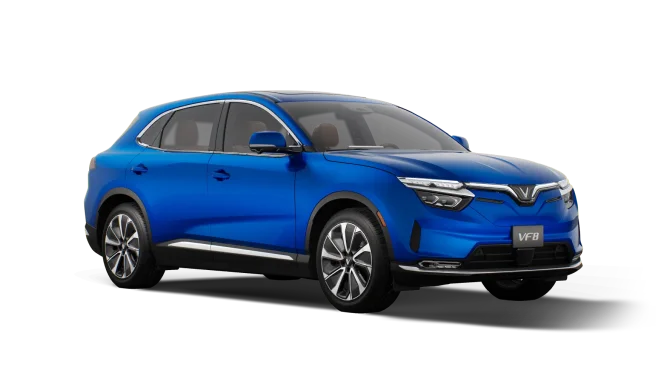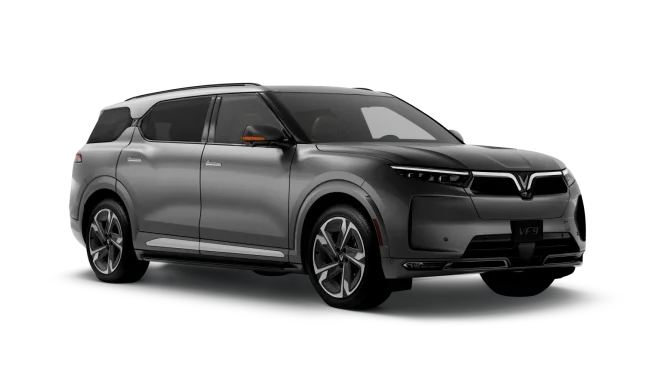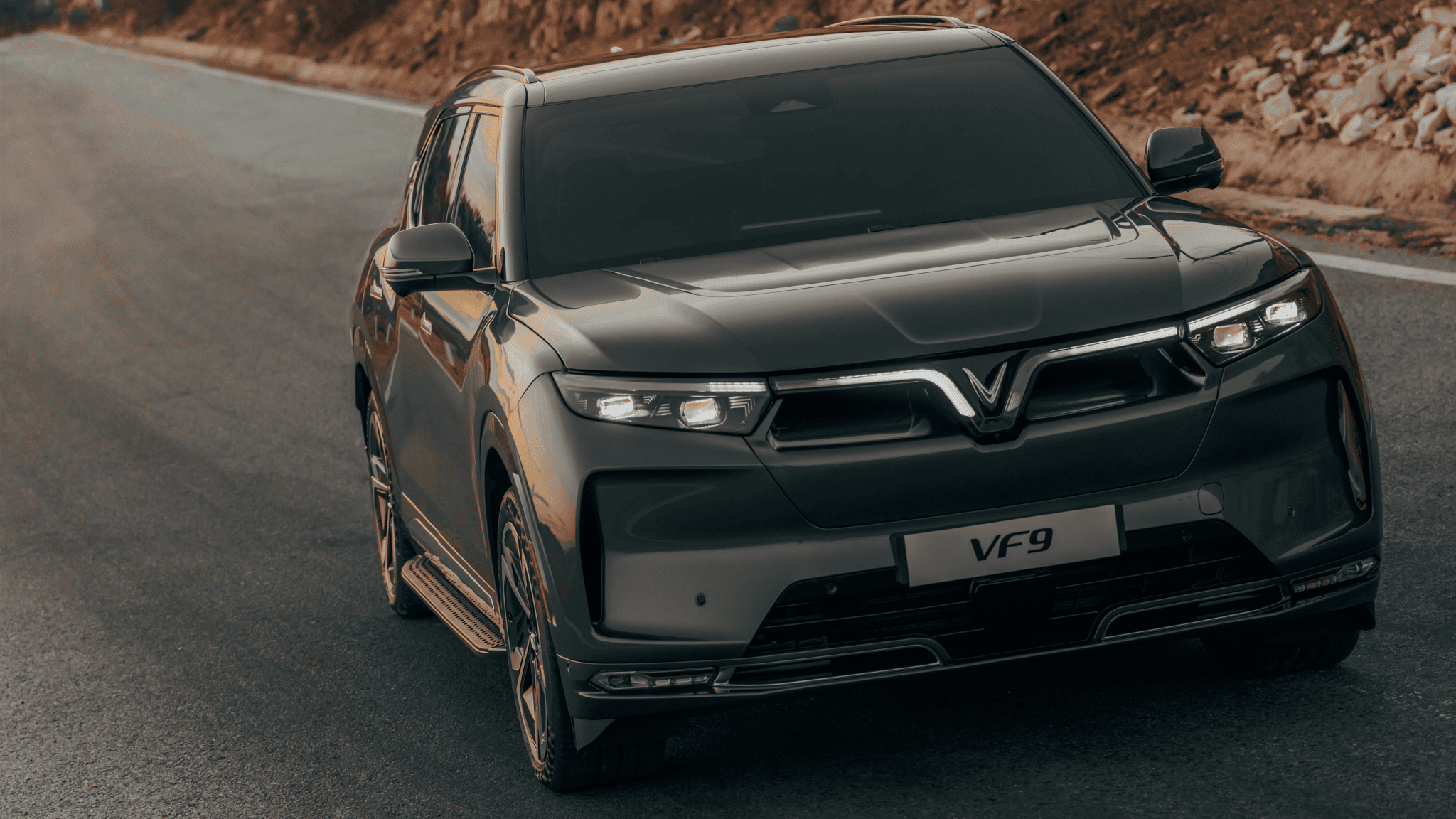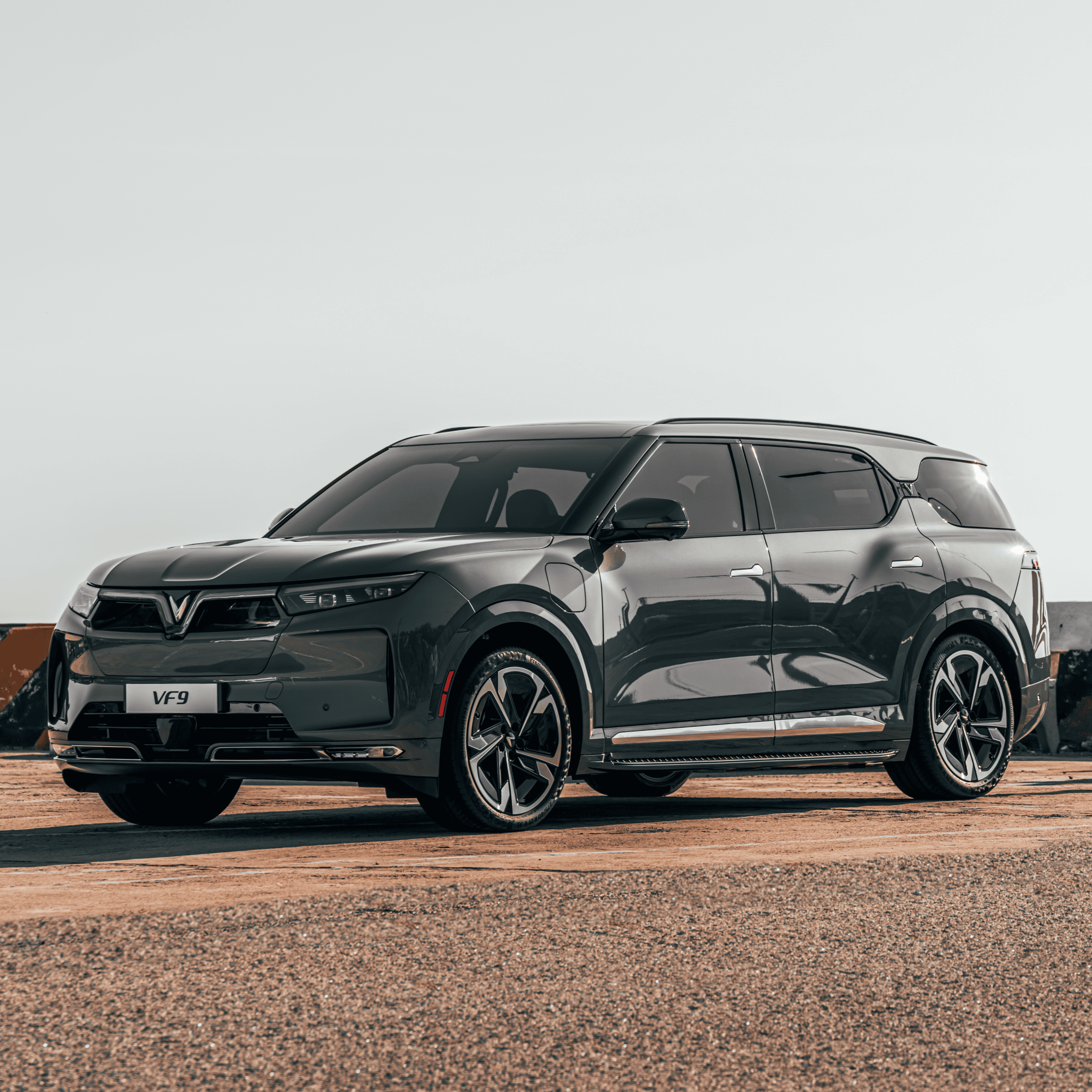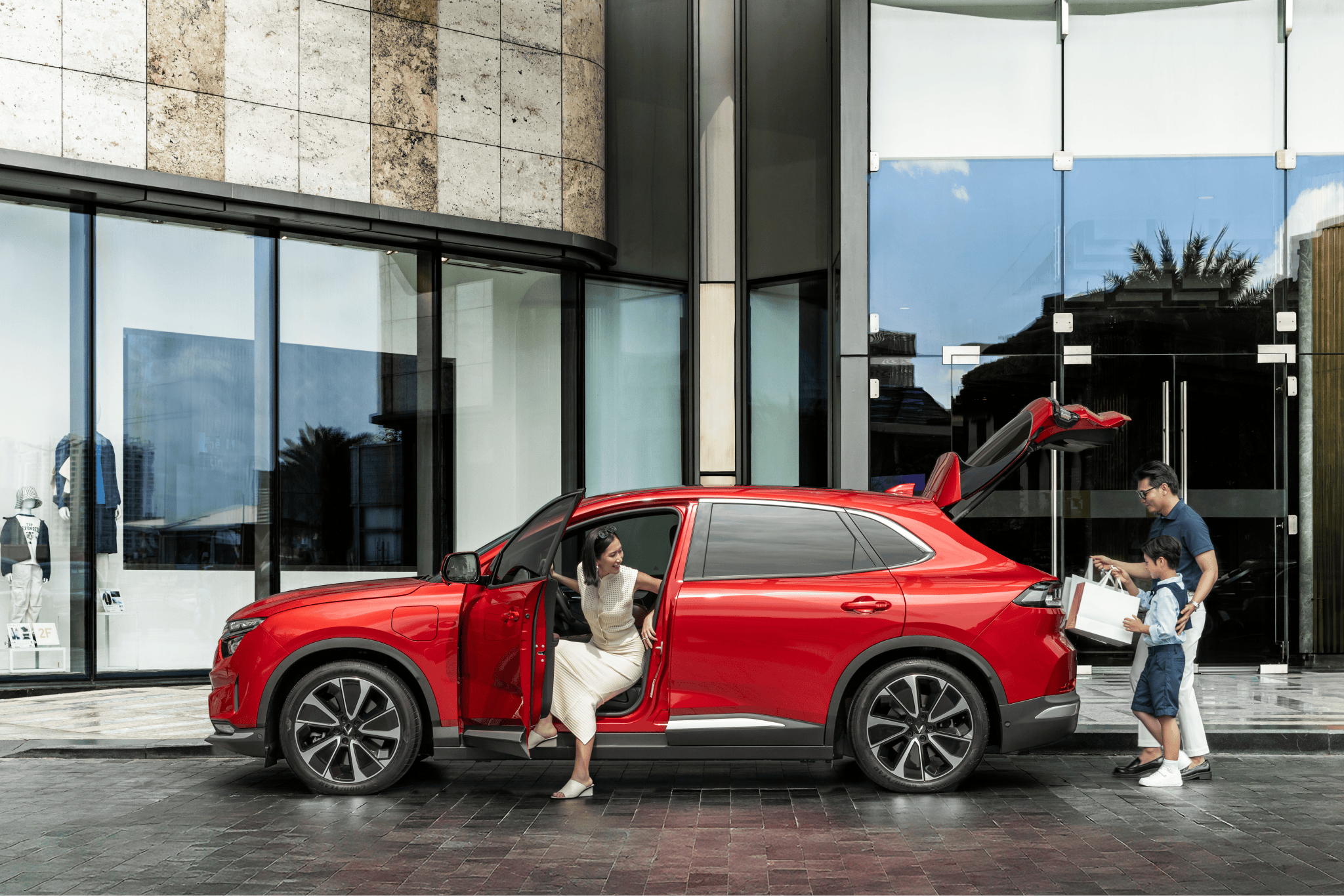Experience Driving Confidence: Best Electric Car Safety Features
As technology advances, electric vehicle manufacturers continue to prioritize safety, integrating innovative features to ensure maximum protection for drivers, passengers, and pedestrians alike. One of the most notable advancements in this realm is the integration of advanced driver assistance systems (EV ADAS), which harness a sophisticated array of sensors, cameras, and radar to heighten driver awareness and preemptively address potential hazards. These systems, exemplified by features like adaptive cruise control and lane departure warning, epitomize the proactive approach to safety that defines the electric vehicle landscape. From autonomous emergency braking (AEB) to pedestrian detection technology, and from robust structural designs to comprehensive safety testing, electric vehicles are setting new benchmarks for automotive safety, underscoring their commitment to protecting all drivers and pedestrians on the road.
Enhancing Awareness
One of the most prominent safety features in electric cars is advanced driver assistance systems (EV ADAS). These systems utilize a combination of sensors, cameras, and radar to monitor the vehicle's surroundings, detect potential hazards, and assist the driver in mitigating risks. For instance, adaptive cruise control maintains a safe distance from other vehicles by automatically adjusting the car's speed, while lane departure warning alerts the driver if the vehicle unintentionally drifts out of its lane.
Safeguarding Vulnerable Road Users
Electric cars often come equipped with autonomous emergency braking (AEB), which can automatically apply the brakes if a collision is imminent, helping to prevent accidents or reduce their severity. This feature is particularly beneficial in urban environments where unexpected obstacles or sudden stops may occur. Both Rivian and VinFast, which are electric vehicle centered companies, include a lane safety feature. This system detects vehicles in the driver’s blind spot, warns the driver if they drift too close to the lane beside them, and helps steer you back into your lane if you are swerving without your turn signal on.
Another notable safety feature found in many electric vehicles is pedestrian detection technology. Using cameras and sensors, these systems can identify pedestrians in the vehicle's path and provide visual or audible alerts to the driver to take evasive action. Some advanced systems can even apply the brakes autonomously if a collision with a pedestrian is imminent, further reducing the risk of accidents and injuries. Rivian, Tesla, and VinFast are continuing to strive to offer a range of vehicles with the best electric car safety features.
Passive Safety Measures: Comprehensive Protection for Occupants
Electric vehicles with good safety features often boast robust structural design and materials to enhance occupant protection in the event of a collision. Incorporating high-strength steel and reinforced cabin structures, these vehicles are engineered to withstand impact forces and minimize the risk of injury to occupants. Tesla's vehicles have achieved remarkably low injury probabilities, attributed to their sturdy battery pack design providing strength, large crumple zones, and a low center of gravity. The battery packs, rarely damaged in accidents, feature advanced safety systems that isolate fires to select areas and vent heat away from passengers and the vehicle.
In addition to active safety features, electric cars also prioritize passive safety measures, such as multiple airbags strategically placed throughout the cabin to cushion occupants during a collision. VinFast vehicles are equipped with 11 airbags ranging from top to bottom and all the way around the vehicle aimed at minimizing the consequences of accidents.
Rigorous Safety Testing: Meeting Stringent Standards
Electric vehicles frequently undergo rigorous safety testing to earn top ratings from independent organizations such as the National Highway Traffic Safety Administration (NHTSA) and the Insurance Institute for Highway Safety (IIHS). These evaluations assess various aspects of vehicle safety, including crash worthiness, crash avoidance, and pedestrian protection, providing consumers with valuable information to make informed decisions.
Rivian rigorously tests their vehicles, particularly focusing on battery performance in extreme temperatures. Their thermal systems are designed to optimize battery performance, with an emphasis on maintaining moderate temperatures for efficient operation. Through cold soak tests and advanced traction control algorithms, Rivian ensures their vehicles can withstand harsh conditions while maximizing range and traction performance, even in temperatures as low as -40°F.
Driving confidence in electric cars is bolstered by a comprehensive suite of safety features designed to protect occupants, pedestrians, and other road users. From advanced driver assistance systems to robust structural designs and extensive safety testing, electric vehicles prioritize safety without compromising performance or sustainability. As technology continues to evolve, we can expect further advancements in safety features, ensuring that electric cars remain at the forefront of automotive safety innovation. VinFast is one electric vehicle company leading the charge in safety. Check out how they prioritize safety without compromising design.


